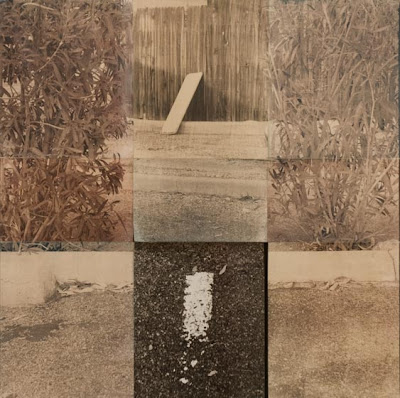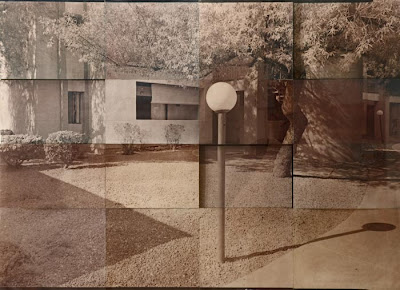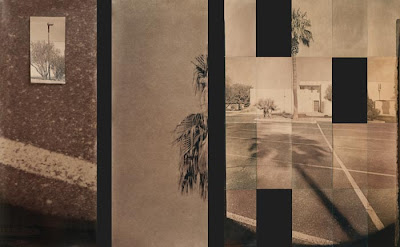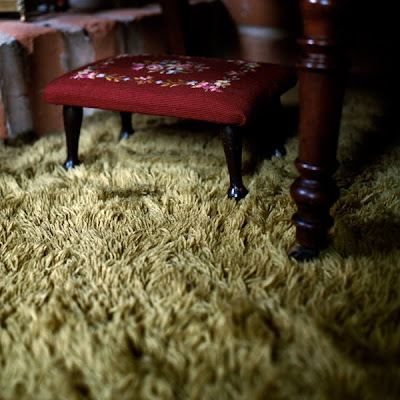Camden Hardy
I first discovered Camden Hardy’s work when I joined The Postcard Collective, a group spearheaded by Mr. Hardy that shares images through the exchange of postcards. What I’ve come to understand about Camden is that his enthusiasm towards all things photography is tremendous. His work shows a curiosity that spans different approaches and mediums, and his blog reflects the dedication to his photographic journey.
Camden received his B.A. from Montana State University – Bozeman and is working toward his MFA in Studio Art at the University of Arizona in Tucson, with an anticipated graduation date of May 2012. He works primarily with large format cameras and alternative photographic processes as a means of meditative contemplation throughout the art-making experience.
I am featuring work from two series, as an example of his desire to study the world in different ways.
Spatial Studies: The photographic survey tradition has served as the foundation for my work. However, photography is an inherently abstracting medium, and is in many ways incompatible with the notion of constructing an honest, comprehensive view of the landscape.
The conversion of a three-dimensional space to a two-dimensional plane, along with choices that are made throughout the creative process, such as framing, exposure, and display, challenge the objectivity of survey photographs.
These images explore the act of seeing, perceiving, and experiencing the inhabited landscape through aesthetic devices such as color, tone, perspective, enlargement, and exclusion. They represent an attempt at coming to terms with some of these problems.
Diachrony: of, relating to, or dealing with phenomena as they occur or change over a period of time.
As I explored their house with my camera, it transformed into a metaphor for the homeowners themselves. The collection of decorative artifacts and their arrangements came together to weave a rich, albeit decontextualized, history, void of any sense of time or place. This allowed me to construct my own narrative about who these people are, the accuracy of which dissipated as it evolved. The true history of the residents gradually became less important; this prompted a shift toward the hypothetical, suggesting the possibilities of what might have been rather than what was. These photographs render a synthetic portrait of an illusory family, far removed from their documentary inception.
Posts on Lenscratch may not be reproduced without the permission of the Lenscratch staff and the photographer.
Recommended
-
Carolina Baldomá: An Elemental PracticeJanuary 5th, 2026
-
Time Travelers: Photographs from the Gayle Greenhill Collection at MOMADecember 28th, 2025
-
Suzette Dushi: Presences UnseenDecember 27th, 2025
-
Ragne Kristine Sigmond: Portraits of Painterly LightDecember 2nd, 2025






































































